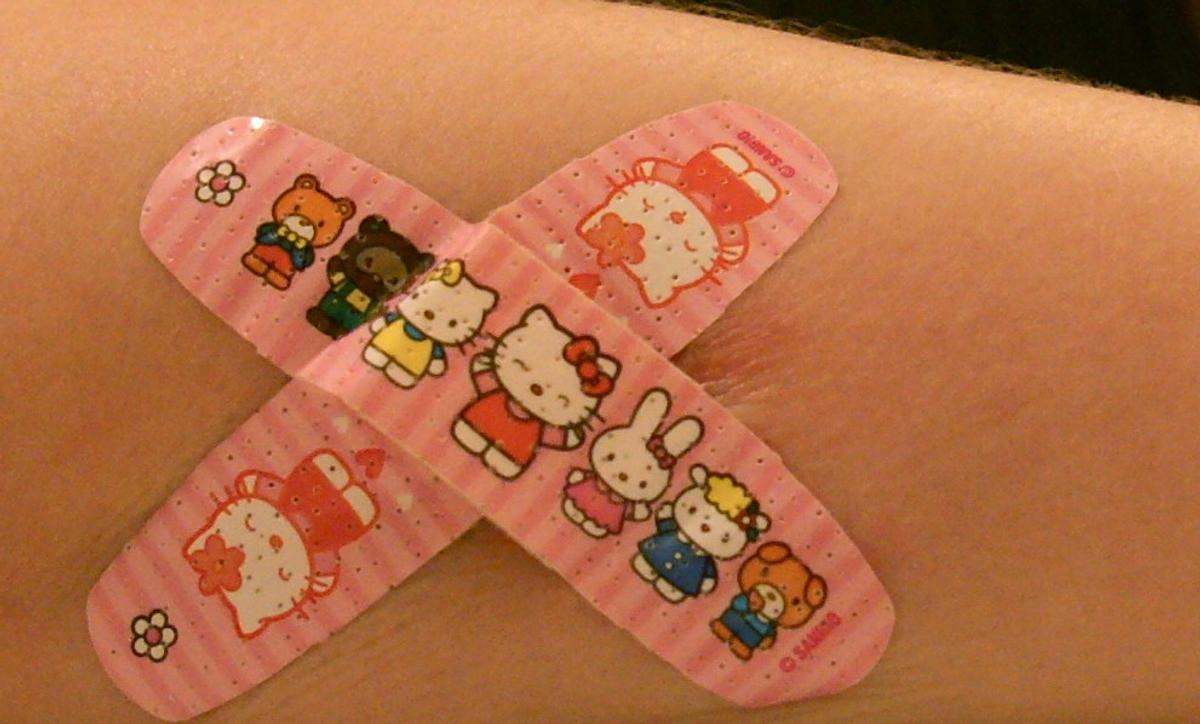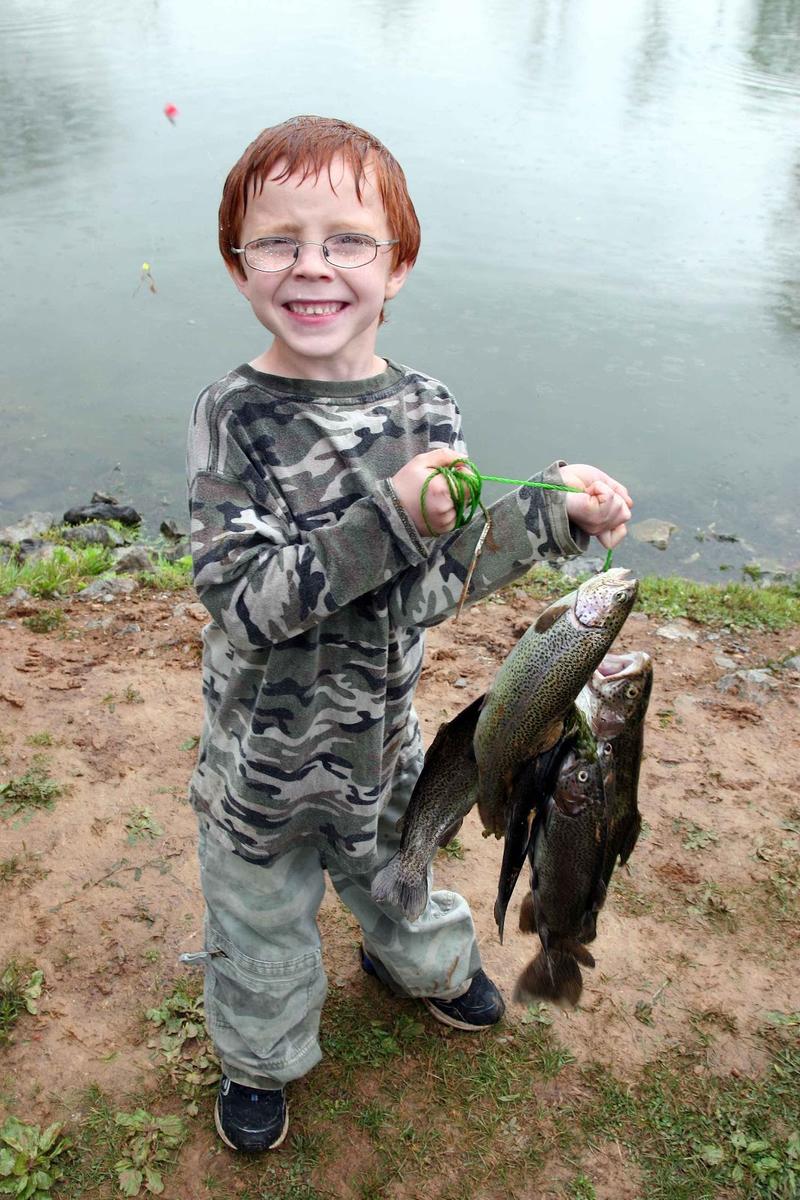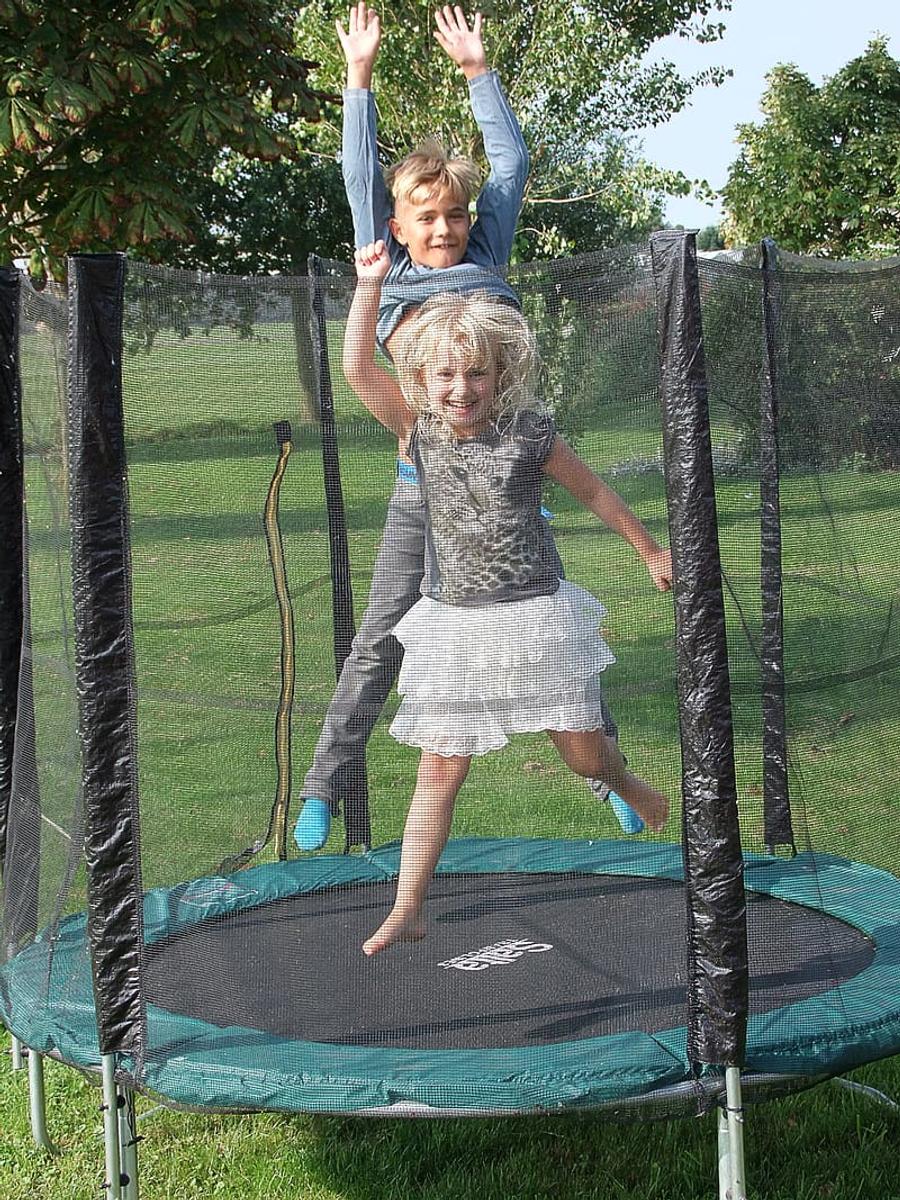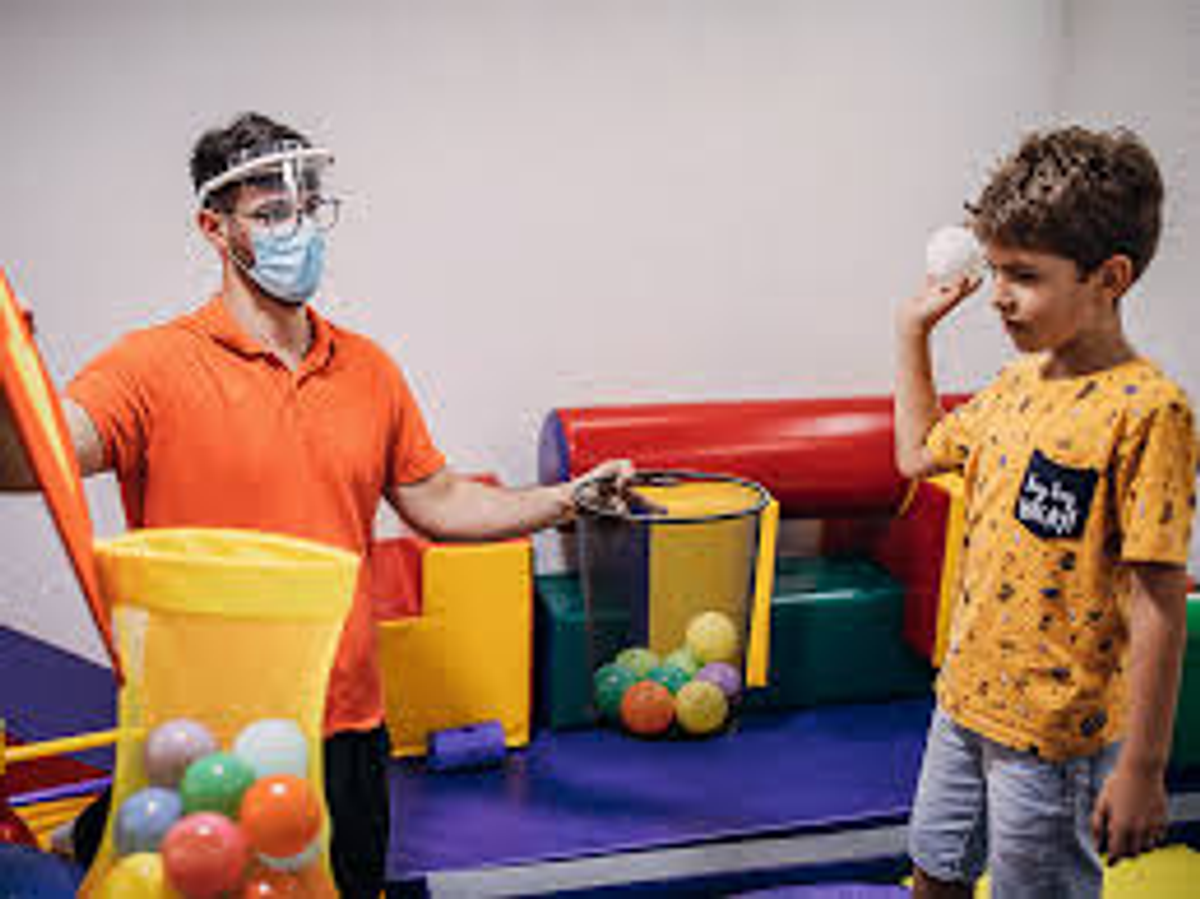Diverse Learning

How To Help Your Child If They Are Very Clumsy
Many children are clumsy, ie. they bump into other children or furniture, and they often fall or trip over. Sometimes they look awkward compared to other children or take longer to learn new games, skills or sports.
What helps us to move smoothly and fluently?
- The ability to make sense of what we see, hear, and feel, the senses combining to tell us about body awareness, spacial awareness, knowing left from right, the ability to plan and then organise movements, muscle tone, and strength, coordination skills, the ability to control unnecessary movements, balance, concentration, motivation and confidence.
- Difficulties in any of these areas could be influencing your child's clumsiness.
Ways to help:
Understanding how it feels
- Consider how clumsy children often feel: “left out” (they are often the last to be picked in a team), poor self-confidence (they are often laughed at or teased), often get frustrated easily (as they aren't able to do as well as they want), get into trouble (for accidents or breakages they didn't mean).
- Be understanding, did they mean to break the toy, or hurt another child? Talk to them about ways to deal with anger and frustration.
- Show your child how to care for their toys, how to play so they will not break toys and how to play with other children. Tell them to think and plan before moving.
- Praise your child for trying hard even if they don't do well.
Staying confident with Sport & games
- Help your child to experience success by making games easier at first, then gradually make the games harder, ( throwing longer distances, catching smaller balls).
- Make home a safe place to practice (eg. don't tease or make fun of clumsy children, help other children in the family to encourage rather than tease).
- Don't expect your child to do something perfectly straight away, let them learn at their pace.
- Focus on one step at a time.
- Give encouraging and positive comments e.g. “Well done, that's great!”
- Talk to your child about their difficulties, ie. some people are good at some things and not so good at others.
- Encourage strengths. Remind your child of the things they do well. Look out for your child’s talents or interests and see if you can help develop these.
How to help your child succeed in sport
- Before sport tryouts (eg. on weekends or after school) practice the skills needed for the game eg. kicking, throwing, hitting a ball with a bat, shooting goals, etc.
- Find out difficulties by asking your child what they find difficult, or talk to their coach/ teacher. Practice these difficult things at home.
- Praise and encourage when your child is practicing, to help with motivation and confidence.
- Support your child by going to some team practices, and/or games. Encourage them by making specific positive comments eg. “Good throw”, “Great tackle”, “ You are trying really hard”.
Helping children who are not good at any sport
- Encourage interest in non-sporty games or activities. Encourage your child to have friendships with other children with similar interests.
- Suggested activities: Scouts, bushwalking, fishing, starting a collection, pets, cooking, drama, music, art, horse riding, gardening, attendance at sporting events, photography.
How to help build motor skills:
Developing the senses:
- Games such as: “ I Spy”, memory games, card games, jigsaws, puzzles, mazes, Pass The Feely Bag (identify objects by touch), tracing letters on your child's back and guessing which letter was traced, Pin The Tail On The Conkey, finger painting, drawing in shaving foam, making things from playdough, plasticine or clay, tapping or clapping out rhymes and Simon Says games.
- Building strength and making movement smoother.
- Sports such as swimming, hiking, horse and bike riding. Games such as wheelbarrow, animal walks, skipping, newspaper scrunching to make balls for throwing. Everyday activities such as washing cars, cleaning windows, and using squeeze trigger sprays for watering plants.
- Helping balance and confidence in movements.
- At home: Walking on a line drawn on concrete, edging of a pathway or garden beds, on bricks or stepping stones, hopscotch.
- At the local playground: Climbing frames, monkey bars, ladders, swings, slides, seesaws, balance beams.
- On a trampoline: jump and clapping at the same time, catching a ball while jumping, copy your arm actions, or sequences of movements such as clapping, sitting, turning around, and jumping on one foot and then the other.
Helping coordination skills:
Ball games such as throwing, catching, kicking, throwing at a target, hitting a ball with a bat such as totem tennis, tennis, cricket, handball, and T-ball. skipping with a rope, jumping games, Twister.
If after trying the above strategies you see limited improvement then the support of an occupational therapist is strongly suggested. Please ask your class teacher for our list of recommended therapists.
‘Kickstart’: Taking The Difficulties Out of Learning.
Campbelltown Community Health Service
Ms Janelle Schembri | Diverse Learning Coordinator








